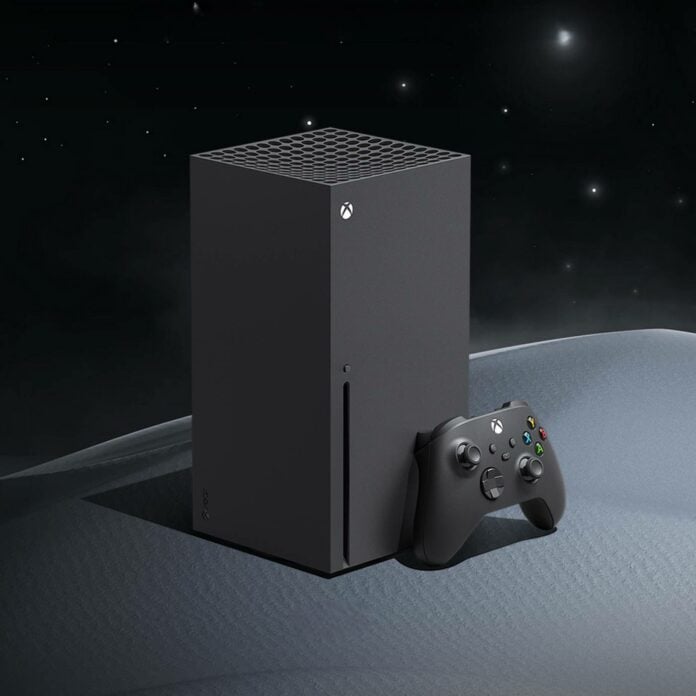Folks at Digital Foundry have added some insight to previous Xbox hardware leaks from Moore’s Law Is Dead (MLID) on YouTube, indicating that Microsoft could be powering multiple console variants without a complete redesign. It seems that AMD’s new modular design enables Microsoft to swap the CPU or GPU for faster or slower solutions, depending on the product’s price/performance target.
The so-called Magnus APU is rumoured to be powering next-gen Xbox systems, providing the flexibility needed to make another Xbox Series X/S combo without major redesigns. These are expected to come even closer to pre-built PCs than a PlayStation 6. Not surprising seeing the company’s push towards improving Windows on upcoming gaming handhelds. This may even allow Microsoft to accelerate its console release cadence from seven/eight years to two/three, mimicking the rhythm of PC hardware releases.
This is possible thanks to the new silicon bridge die which links the CPU and GPU portions via a super-fast connection, blending the latency and bandwidth benefits of monolithic designs with the customisability and cost efficiency of chiplets. For example, Microsoft could in theory upgrade the GPU portion two or three years down the line with a newer RDNA 6 chip without changing the CPU segment. This way, it would combine the older and cheaper CPU cores with a newer, more powerful GPU.
As things stand, rumours claim that this dual-chip design will combine a 144mm² CPU with a 264mm² GPU, made using TSMC’s 3nm node. For comparison, the GPU of the latest PS5 Pro packs 60 RDNA 2 compute units (CUs) inside a 279 mm² silicon area, made using TSMC’s 4nm node.
Magnus’ CPU side is said to be comprised of three Zen 6 cores plus eight denser Zen 6c cores, totalling to an odd 11 cores. This reminds me of the PS3’s CELL processor with its 1+8 design.
However, unlike the infamous CELL, Microsoft’s approach should offer a PC-like solution that is easier to develop or port games on, all while being less complex to manufacture, which should reduce the console’s final cost, hopefully.
On the other hand, the GPU is set to house 68 RDNA 5 CUs linked to GDDR7 memory via a 192-bit memory bus – previously reported to be 384-bit. In other words, this GPU should be considerably larger than the APUs powering the Xbox Series and PlayStation 5 consoles. Though not that large in the scheme of things, considering that AMD may have a 154 CU RDNA 5 GPU for desktop PCs, linked to 36GB of GDDR7 via a 384-bit bus.
All this indicates Microsoft is moving towards a unified stack, powered by PC-like customisable silicon. This approach should make game development easier, with titles releasing simultaneously on PC and consoles. Better yet, the lessons learned by one segment could improve the other, resulting in better performance and graphics quality for all gamers. But, as usual, plans are subject to change, so take the above with appropriate caution.

